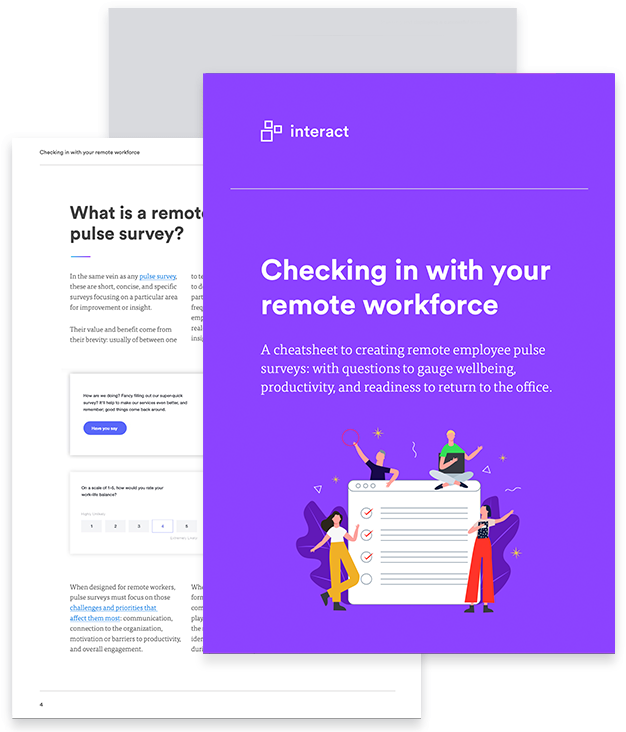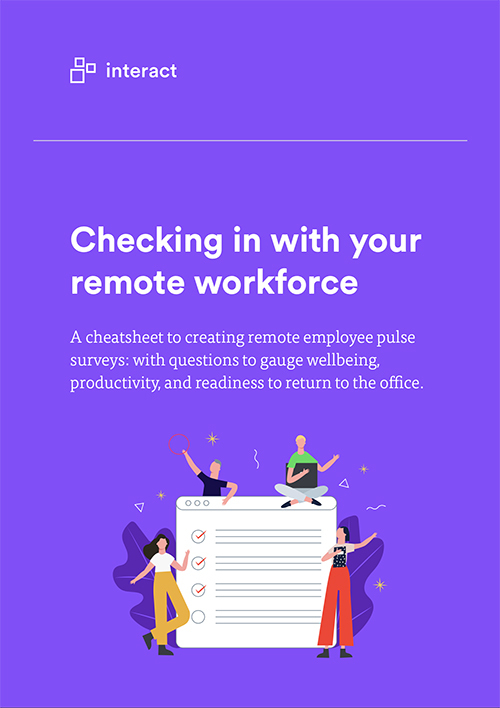With the constant evolution of technology, it’s unsurprising to learn that the number of people opting to work from home has risen steadily over the last decade.
Now, research from Beta News suggests that 45% of American employees are telecommuting and working from home. This can be a practical and convenient way to work that allows employees to achieve a greater and more flexible balance between their work and home lives – not to mention eliminating the cost and stress of the tiresome daily commute.
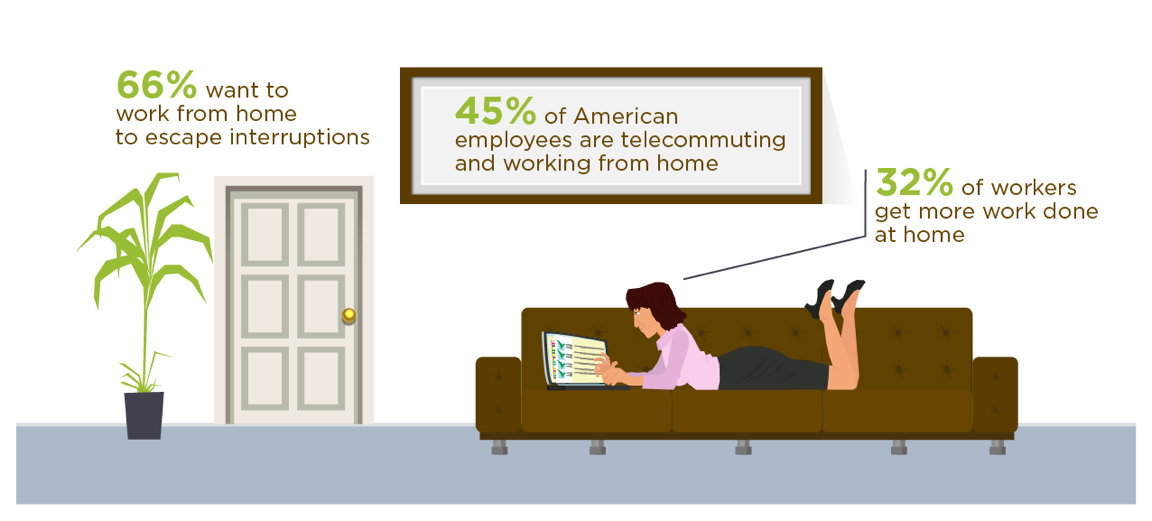
Communication challenges of home working
With a report from Science Alert also confirming that home workers tend to be happier and more productive, it seems as if telecommuting could be the way forward for employers and employees alike.
But that’s not to say it doesn’t come without it’s challenges. One of the biggest issues surrounds communication (or lack thereof). Here are a handful of the most popular communication challenges facing home workers and the firms that employ them – and how they can be overcome.
Are you supporting your employees?
Missing information
The rise of technology means that it has never been easier to communicate. Email, video call, instant messaging and intranet forums are just some of the ways that employers and employees can stay in touch.
But while these are undoubtedly valuable tools, the sheer volume of communication tools and channels can mean that some information may be overlooked or missed. The absence of face-to-face communication means that it’s not easy to quickly touch base with a colleague or manager to double check something – everything has to be sent through an electronic communication stream which can be time consuming and lead to shortcuts being taken.
Try to limit communication channels by using one main platform for keeping in touch, or integrating your different tools and platforms to create a centralized digital workplace. There are collaboration tools that offer multiple users a forum to chat in one designated space, for example Team areas on an intranet. Social tools such as instant messaging can also be used for more personal matters.
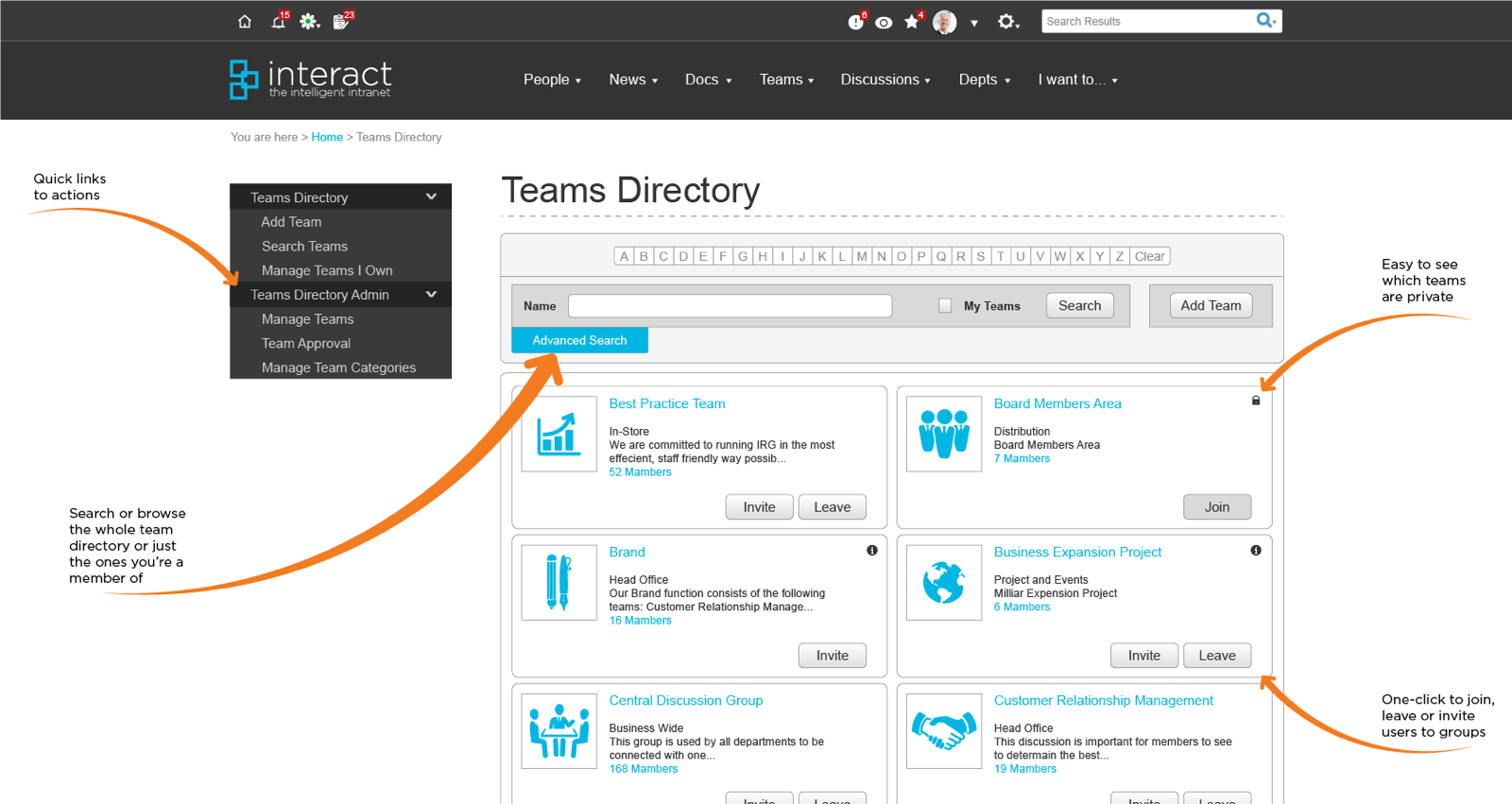
(Team areas on an intranet can be used to facilitate conversations and collaboration between colleagues connected by function, project or level of seniority – regardless of their location).
Limiting the amount of communication channels that need to be checked or using integration functionality to ensure all are accessed from a single, central location means that there is less chance of important information being missed.
Accountability
With a lack of physical communication comes the undeniable fact that managers simply aren’t able to keep tabs on their staff in the same way as they would do in an office environment. It can be hard to keep track of their hours, their work ethic and to form those in-work relationships that create mutual respect between management and workers. Without opportunities to communicate and oversee work being carried out, it can be tough to instill accountability in staff.
If you feel it necessary, you can even install a time tracking tool that can monitor the billable hours that staff are working. Not only will this encourage accountability in staff but it allows management to see which projects are taking up the most time and keep track of any overtime.
Lack of camaraderie
Lack of community spirit always seems to feature in articles about the potential disadvantages surrounding home working. The lack of communication doesn’t just impact on working practice but it can become isolating for homeworkers who may end up feeling lonely, disengaged and out of the loop. Many workplaces have a ‘culture’ and community in which individuals thrive and work.
Once again, collaborative forums can come in useful for creating a virtual community where co-workers can come together to share ideas and get to know one another, dramatically improving the employee experience for home workers. Holding virtual meetings via video calling software can also help staff to interact and verbalize their thoughts and concerns.
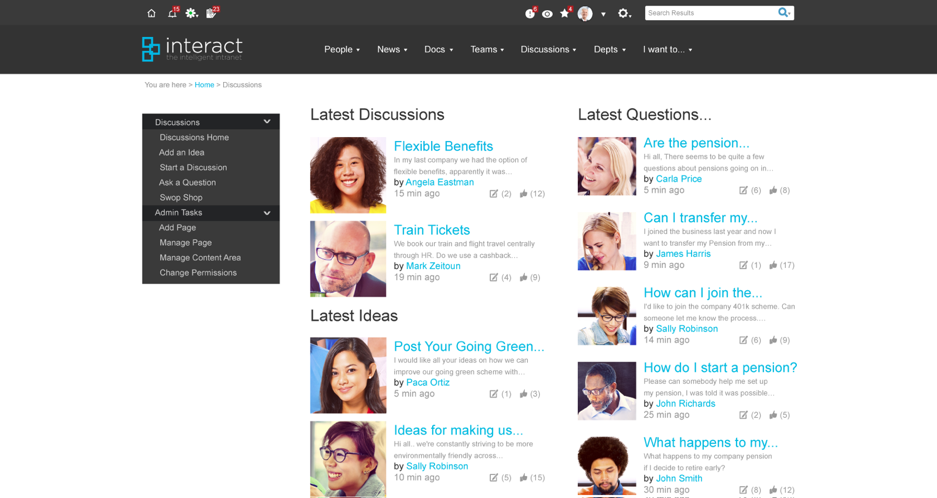
(Build a virtual community through informal online forums where employees can ask questions, put forward ideas or discuss ideas can prove invaluable for home workers).
It may be useful for management to try and arrange face to face meetings when possible. This can be tough, especially if you have a remote team located all over the country – or even all over the world! But the opportunity to meet, socialize and discuss the company’s aims and objectives – even annually – can be invaluable.
Miscommunication
The absence of visual cues and the inability to quickly clarify certain points can mean that things can sometimes get lost in translation when everything is relayed via electronic means. This can be particularly true when working people from different countries or cultures.
However, video calls can help to reiterate certain points. It can also help to equip staff with a detailed understanding on the company’s core aims and values so that there are no major misunderstandings about what is expected from them.
The most effective way to work
Ultimately, there are always going to be some communication challenges surrounding home working, but in today’s modern world there are plenty of tools that can be utilized to overcome these issues and reap the benefits of this convenient and cost effective way of working.
